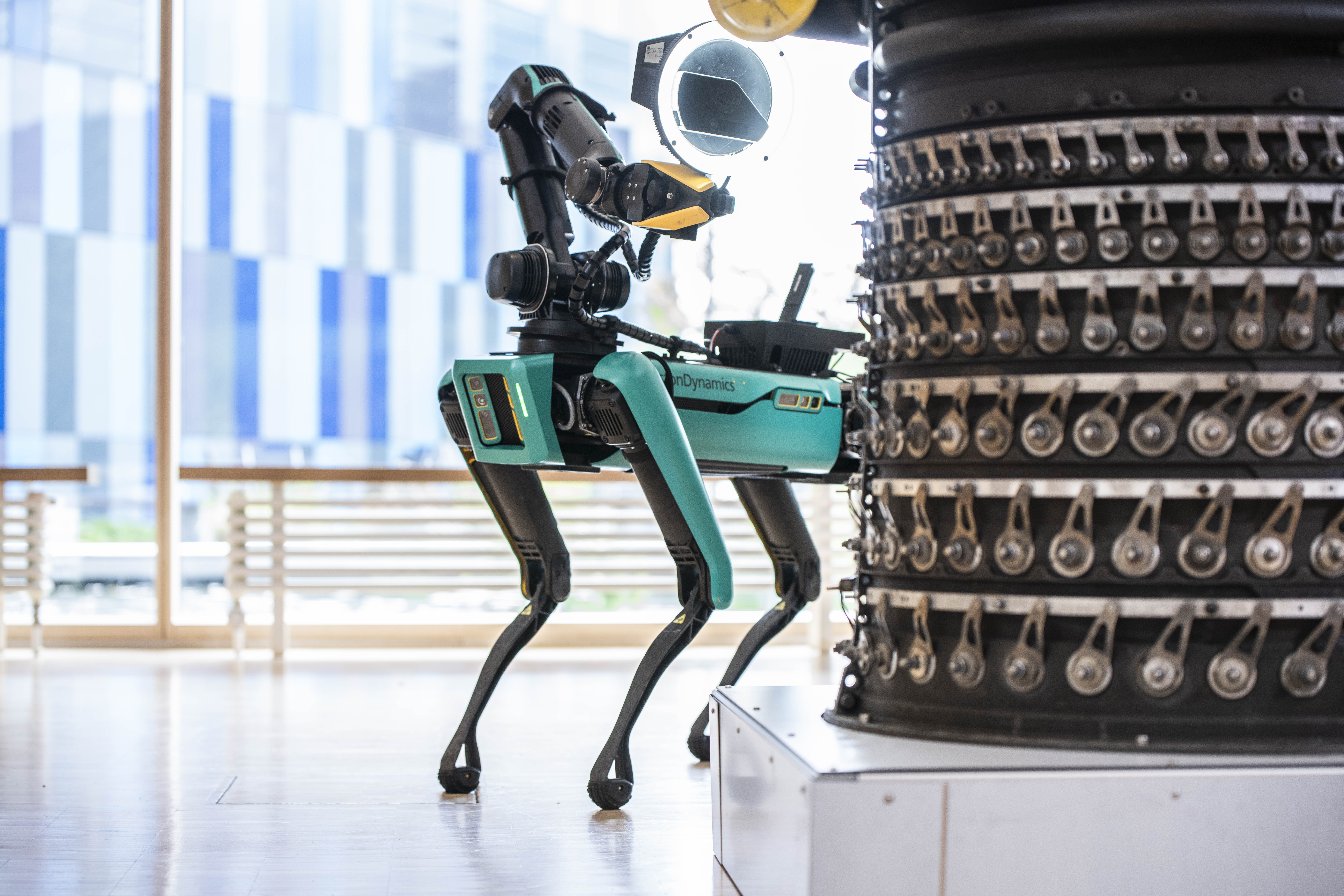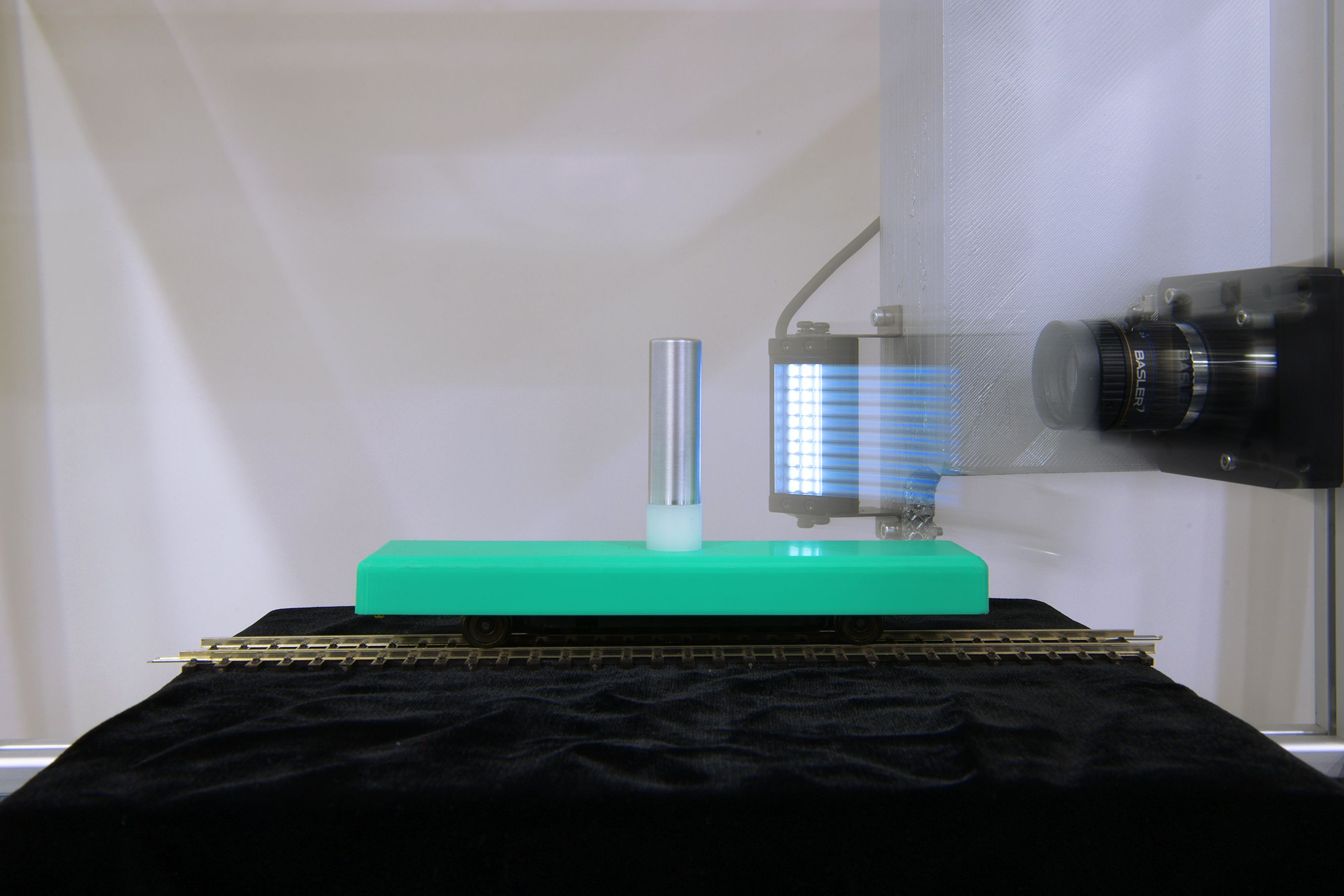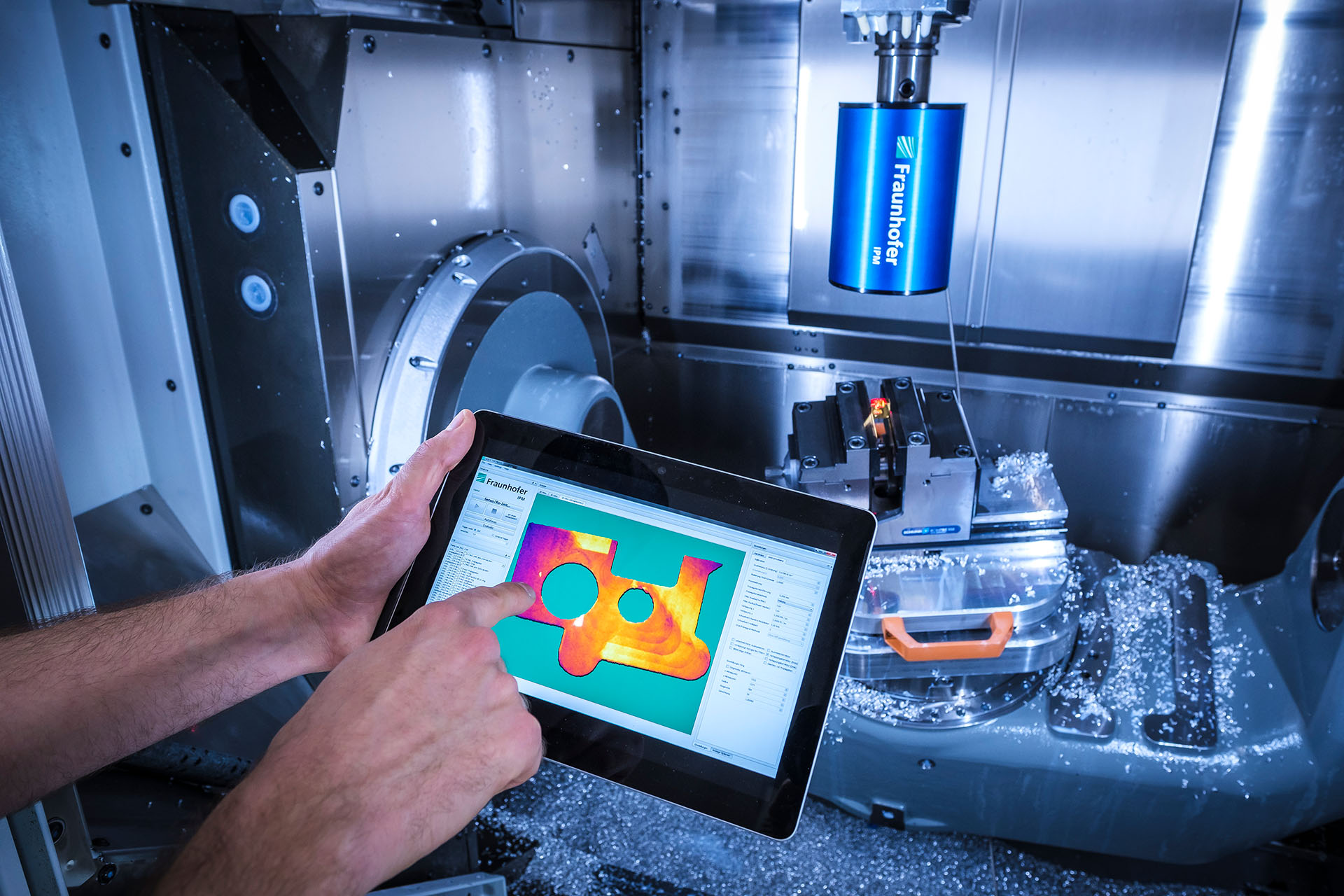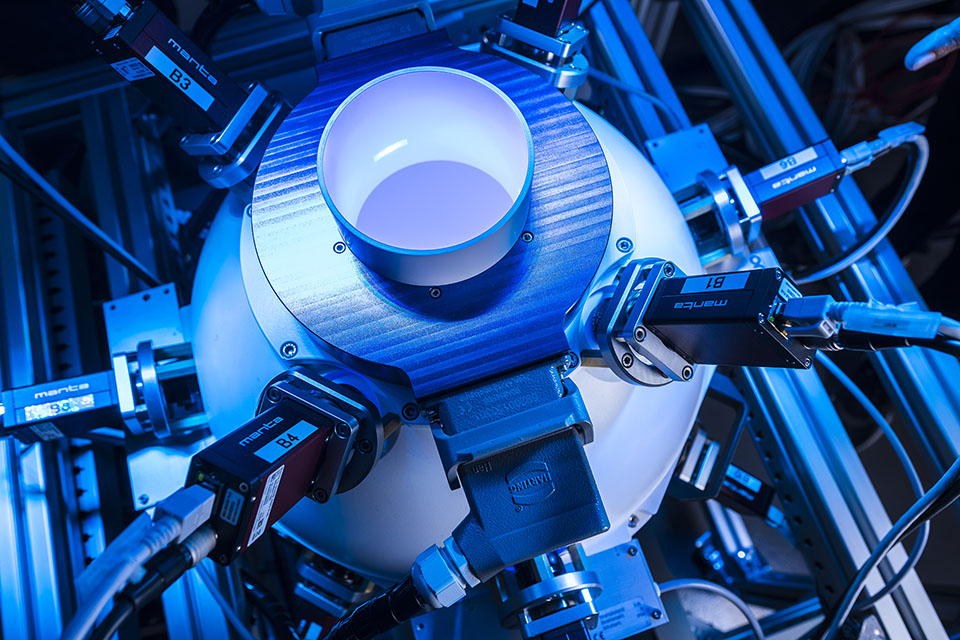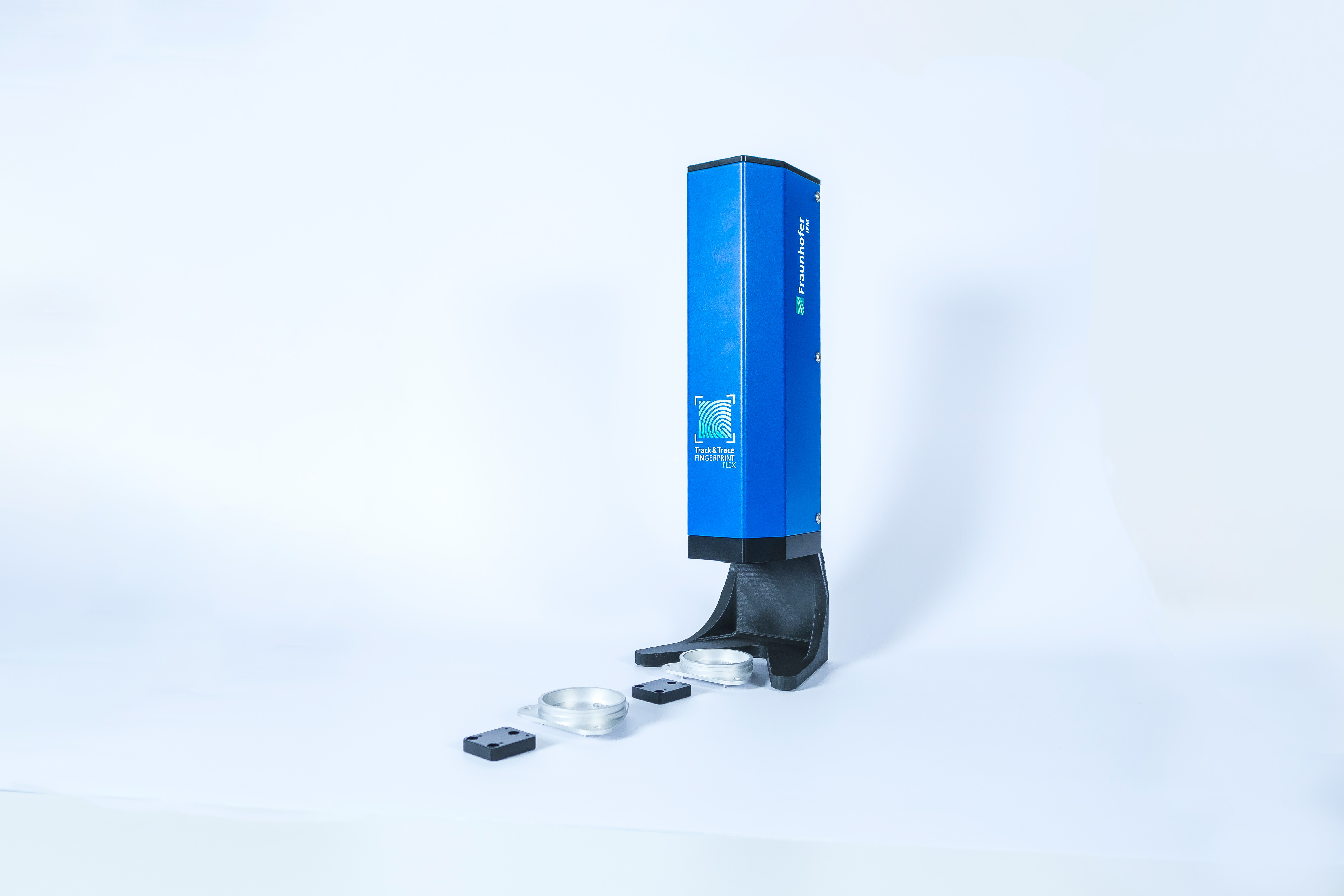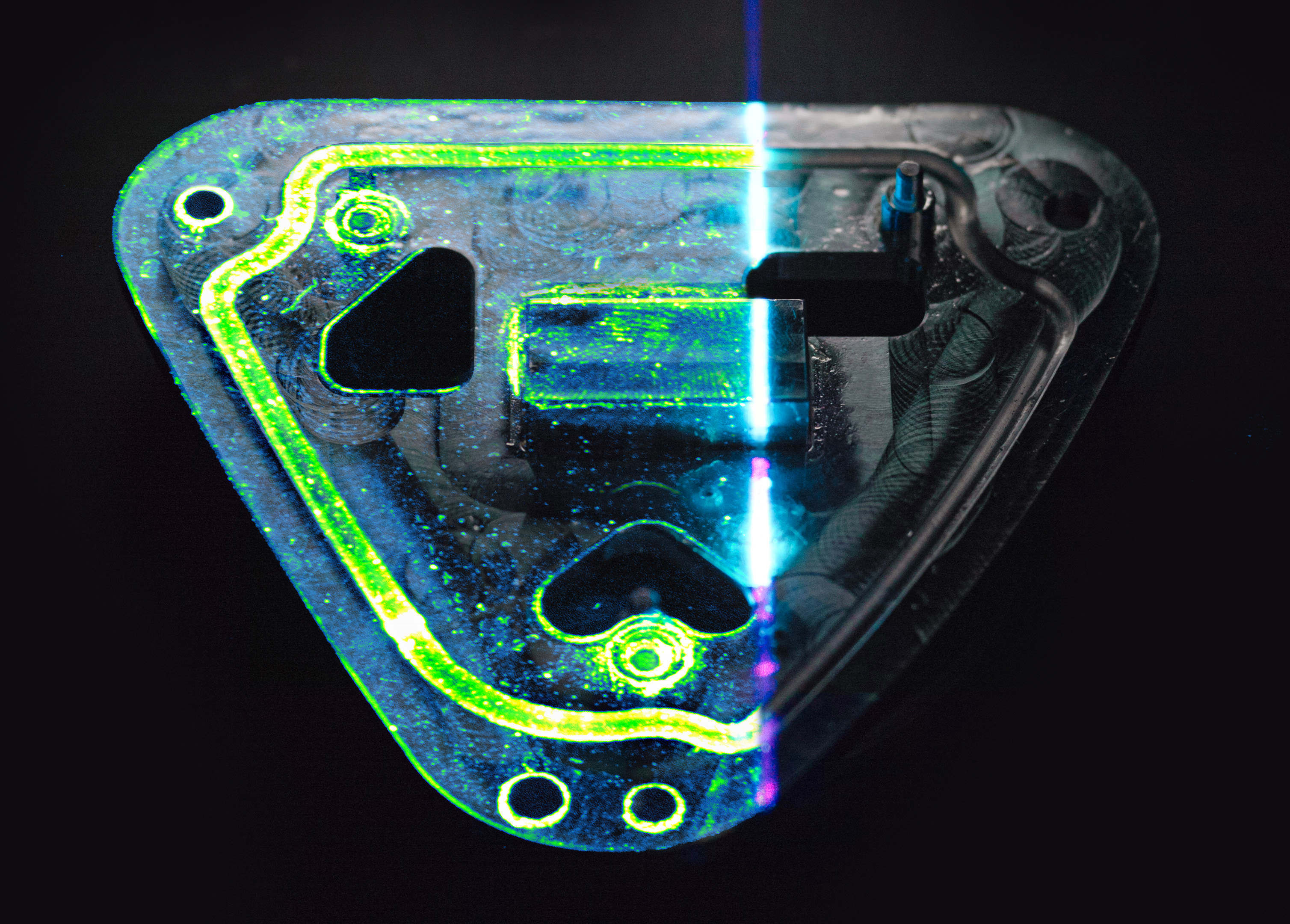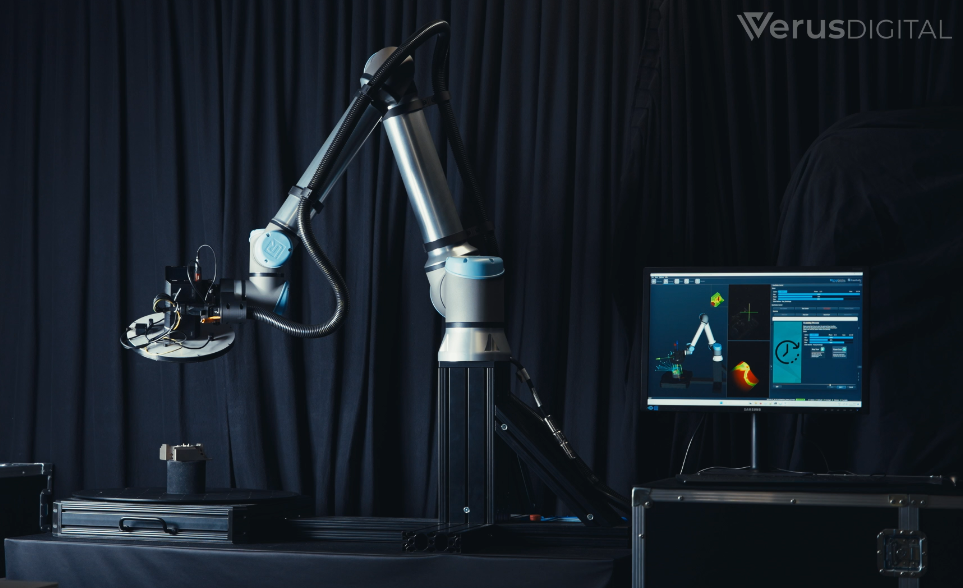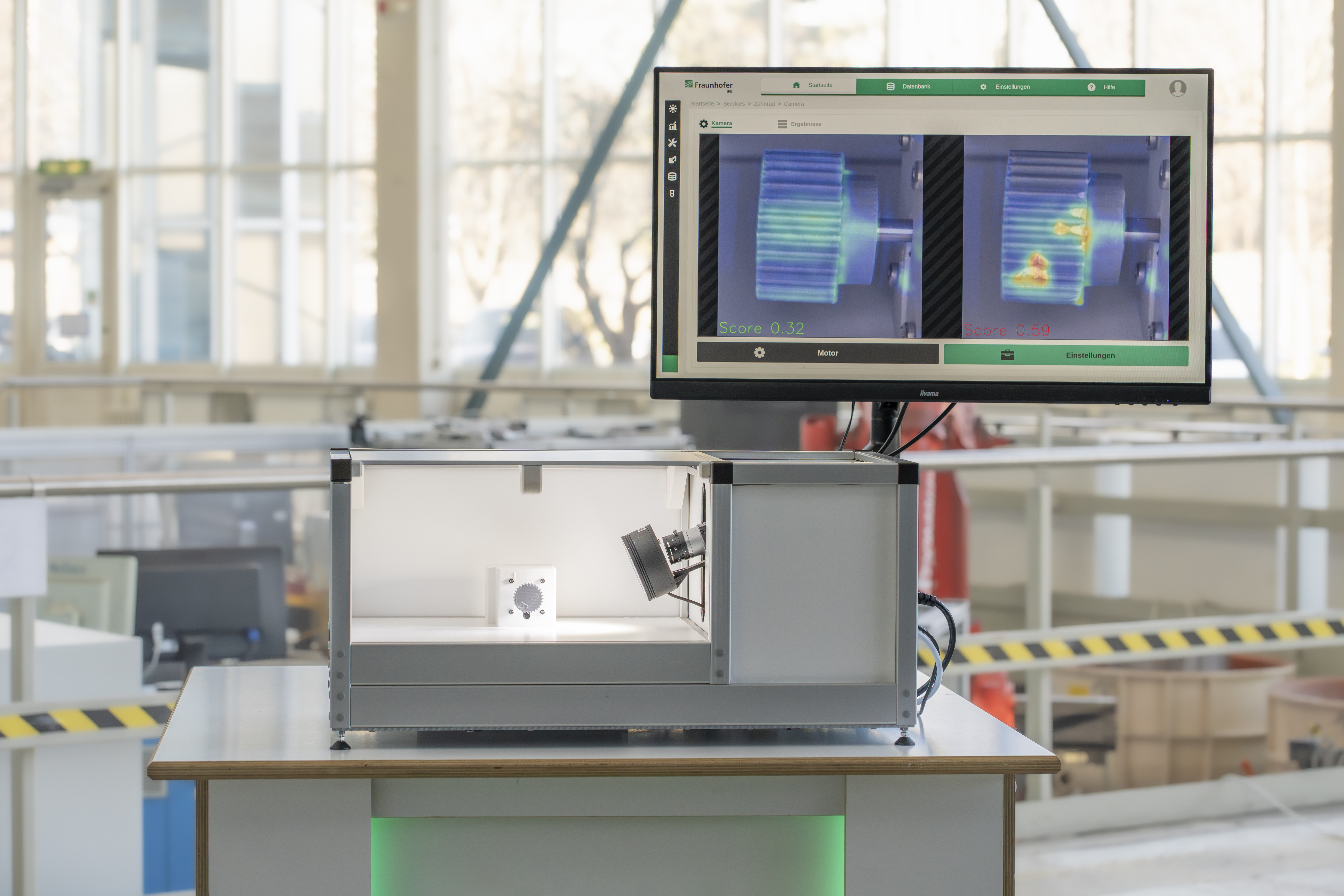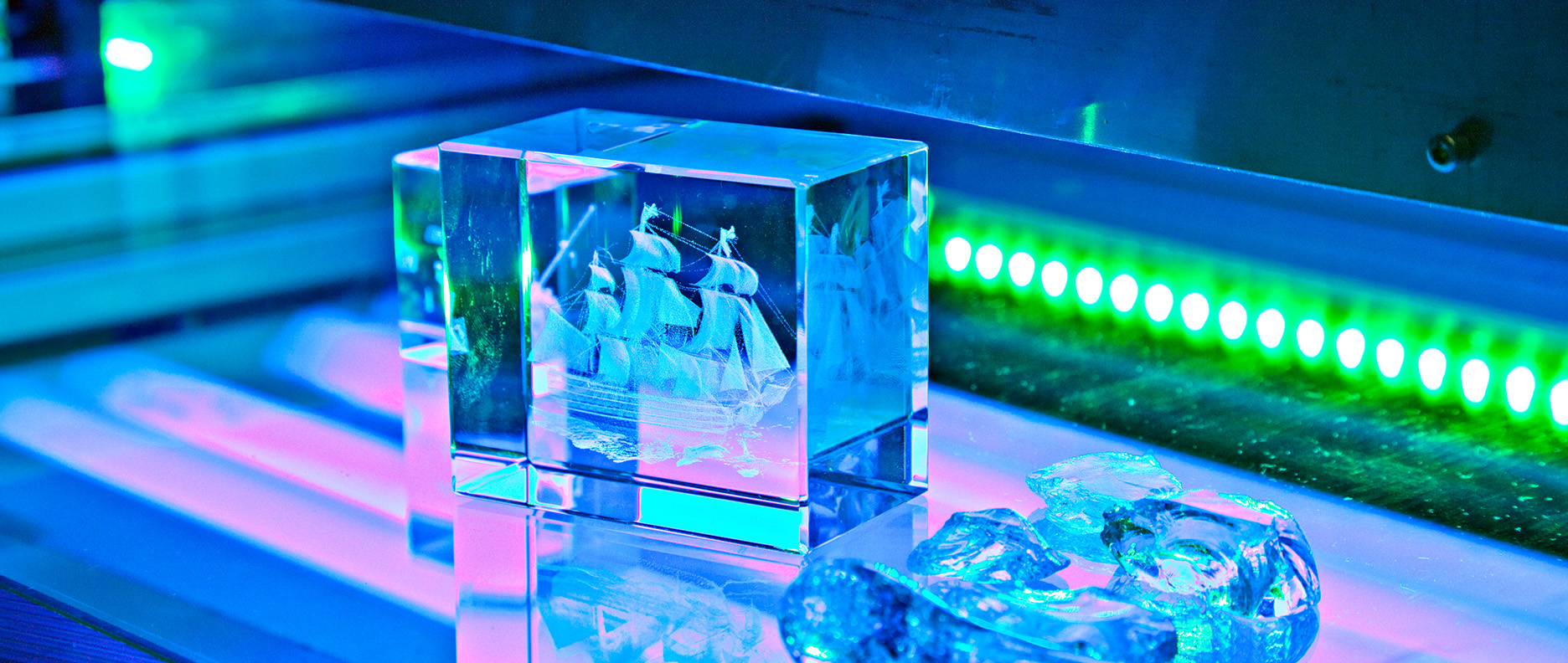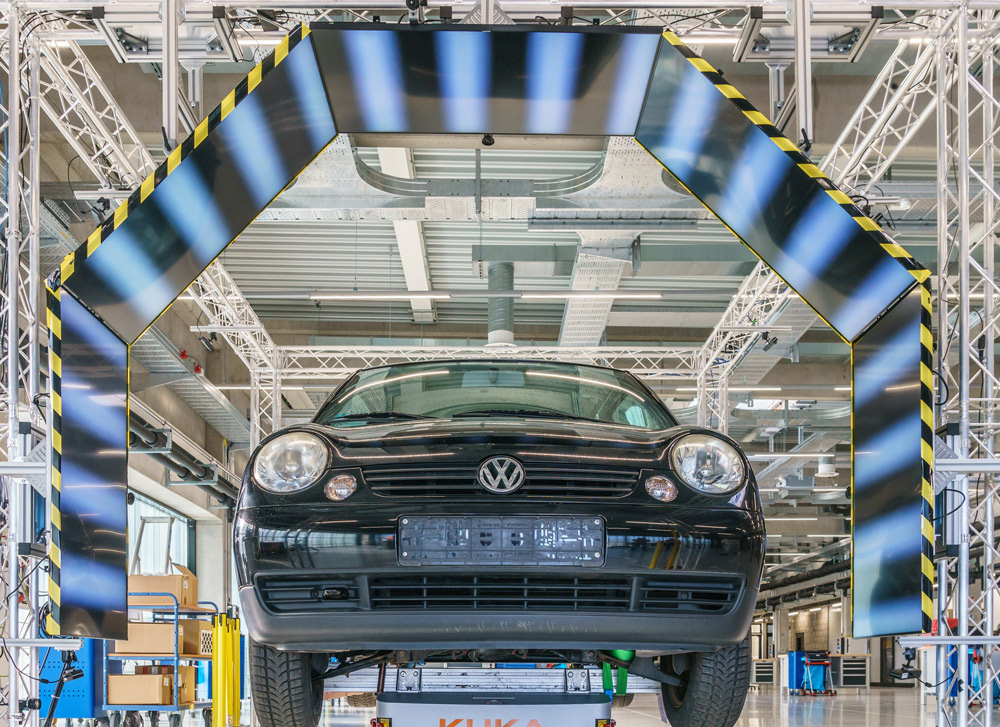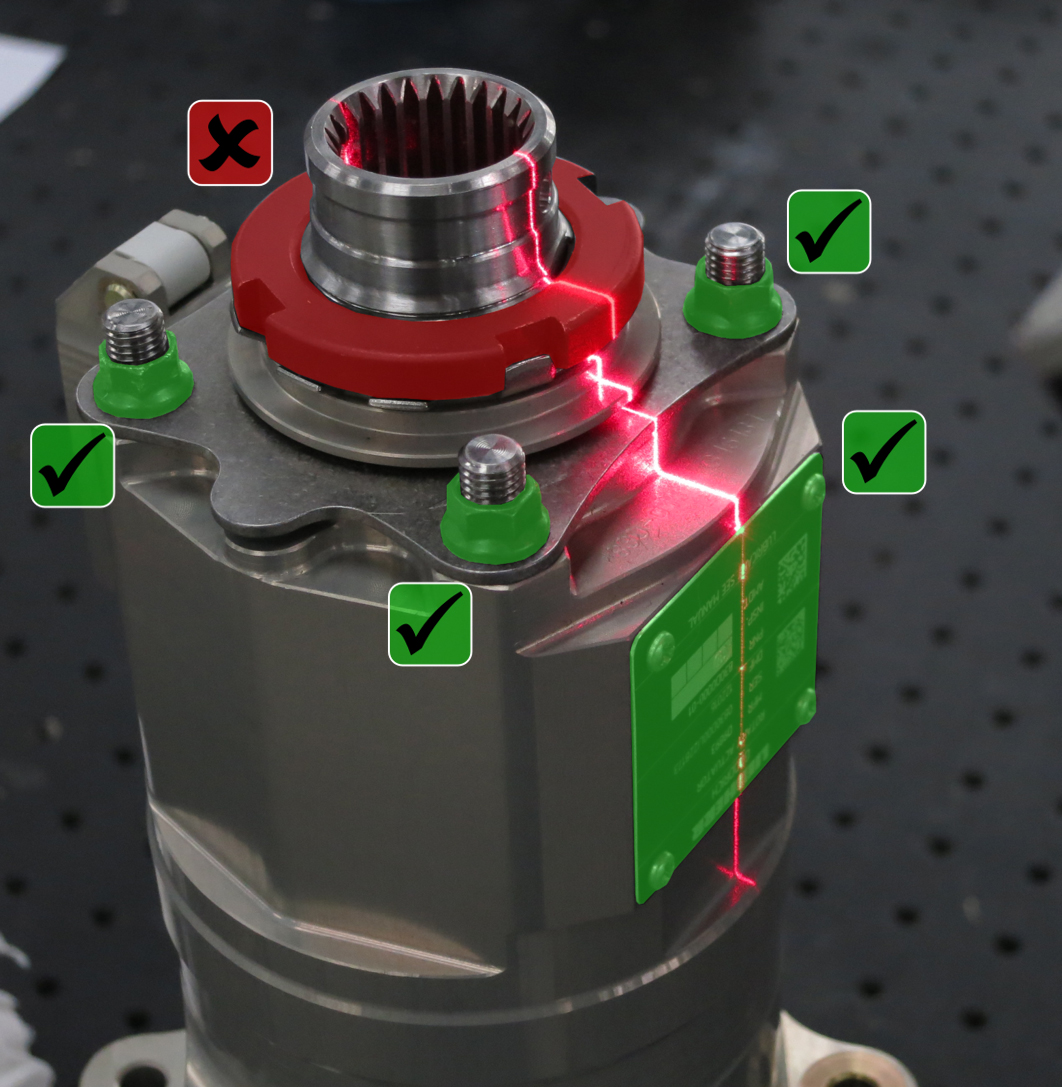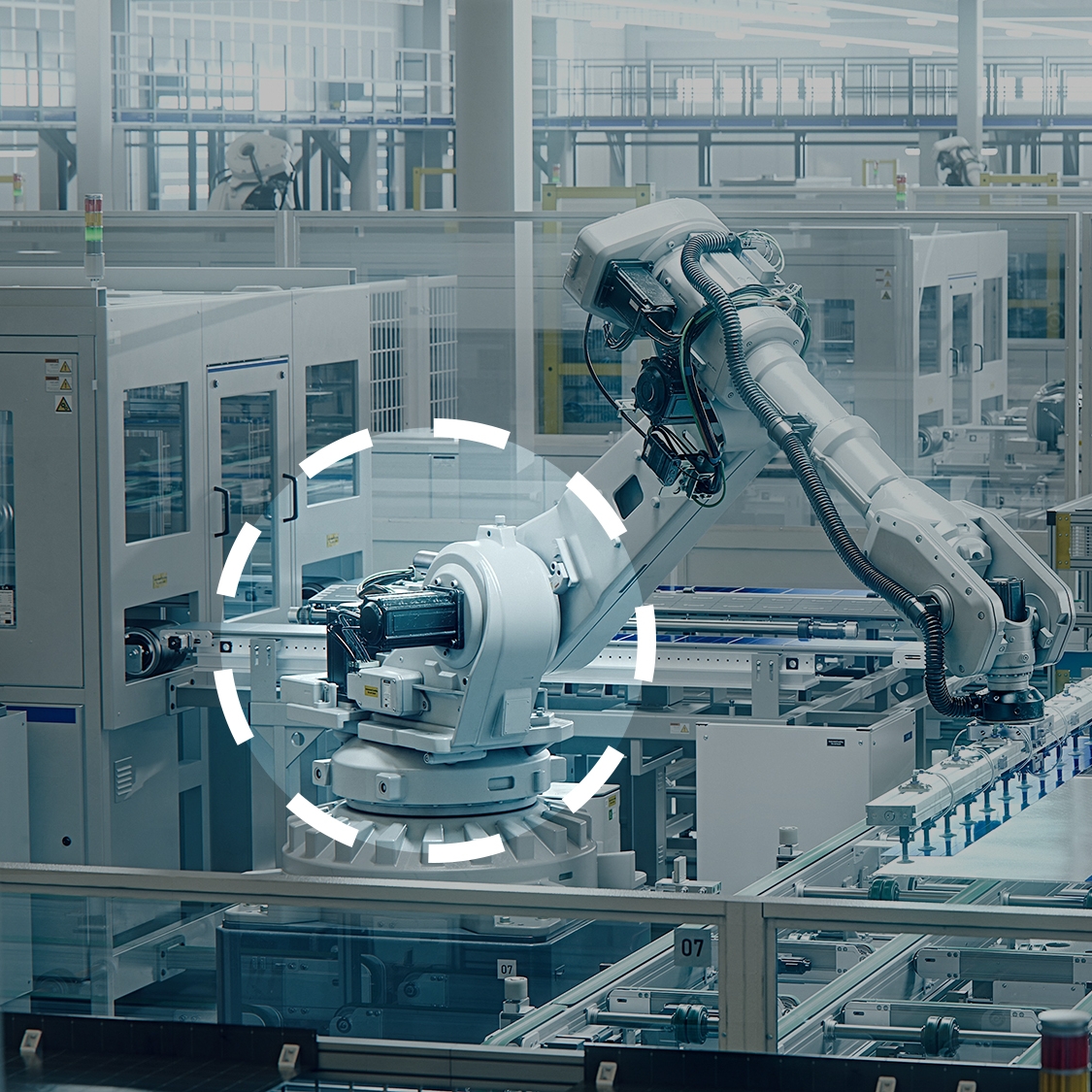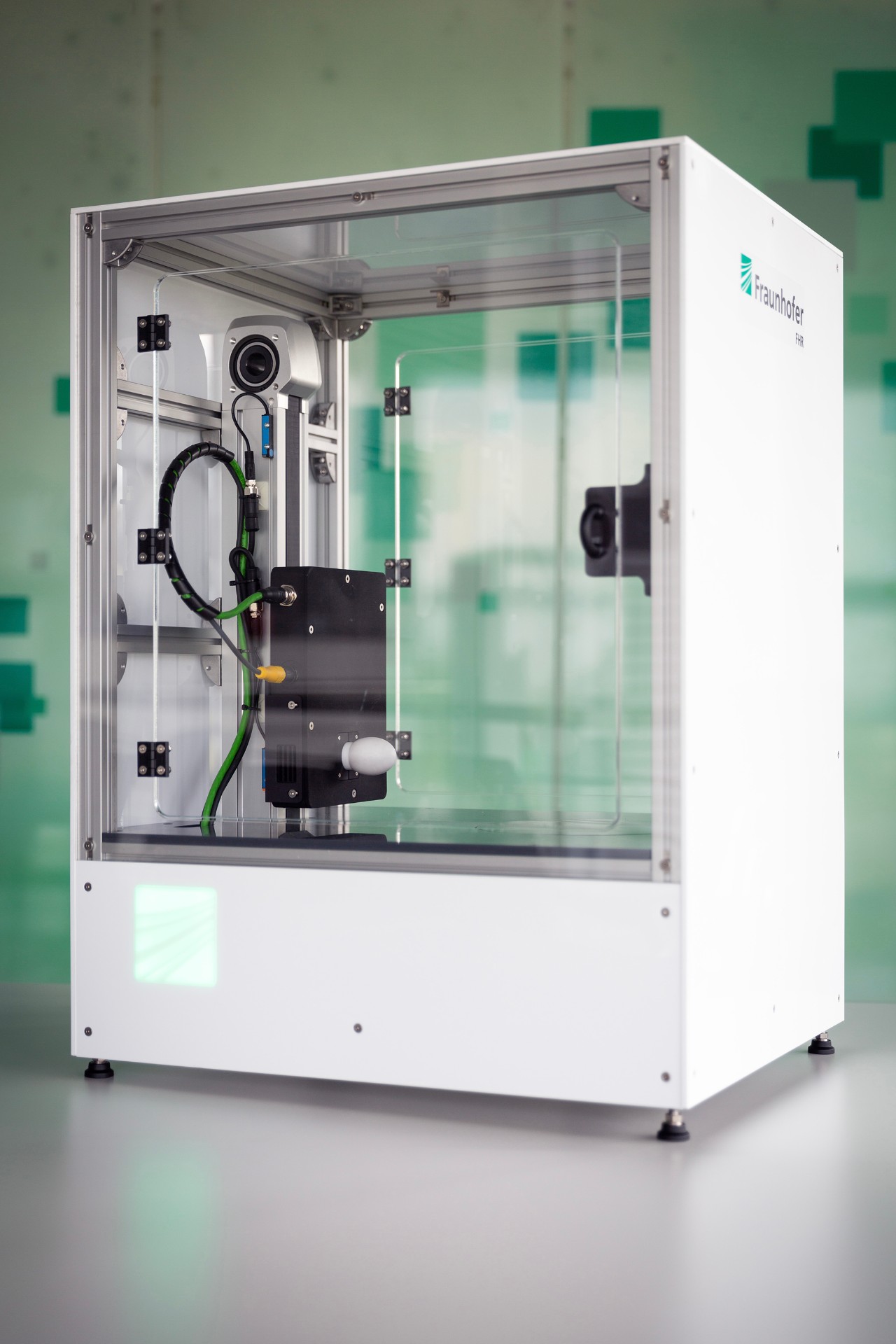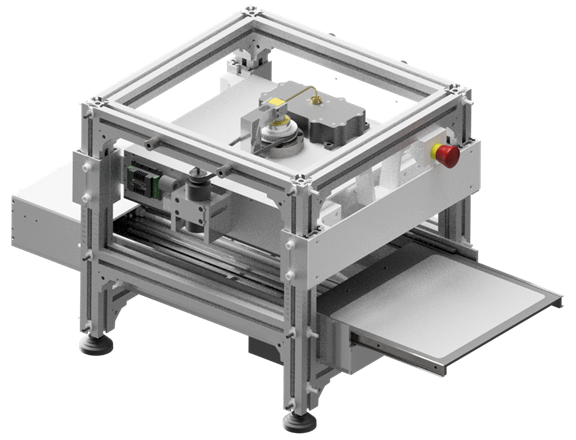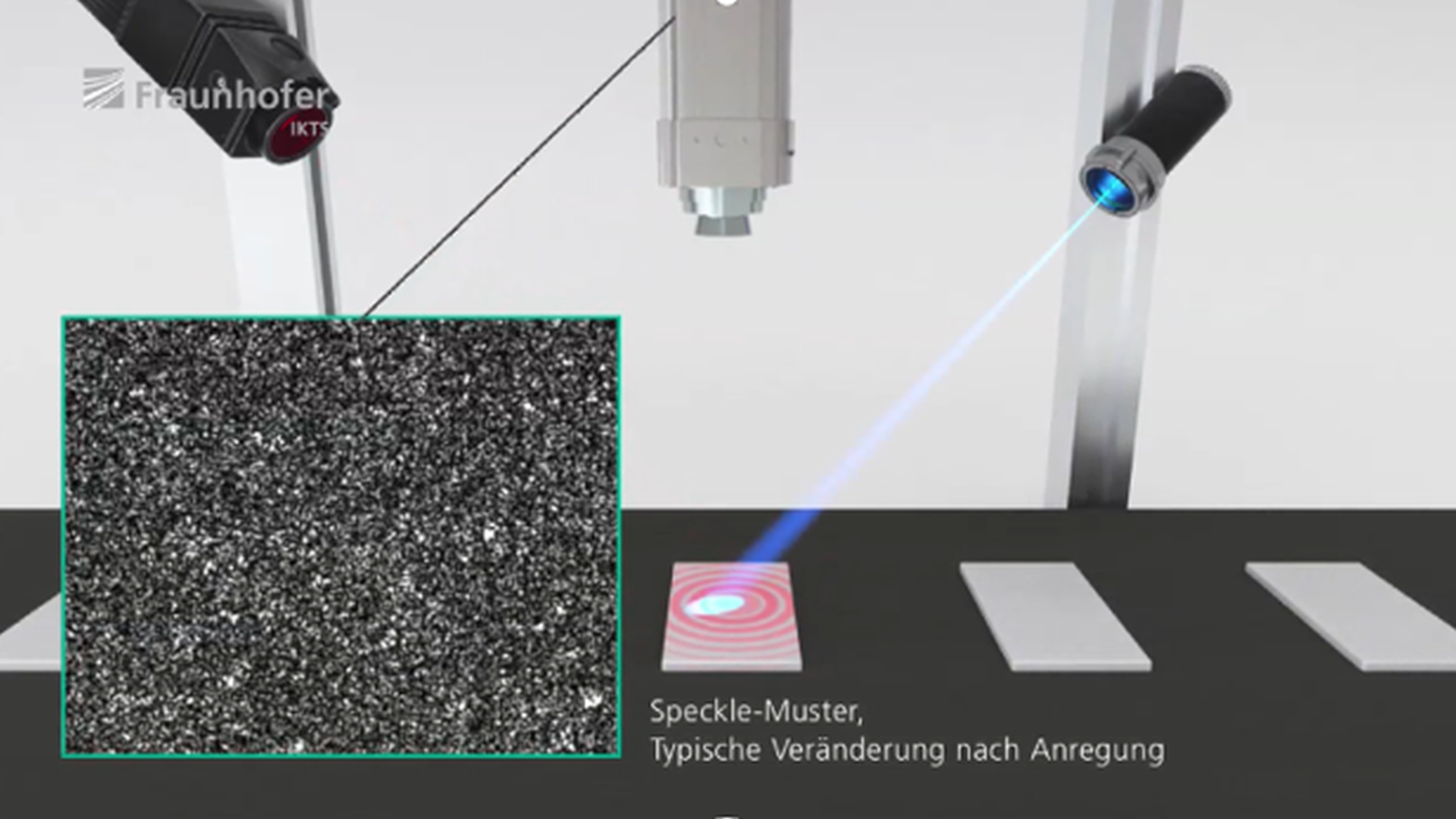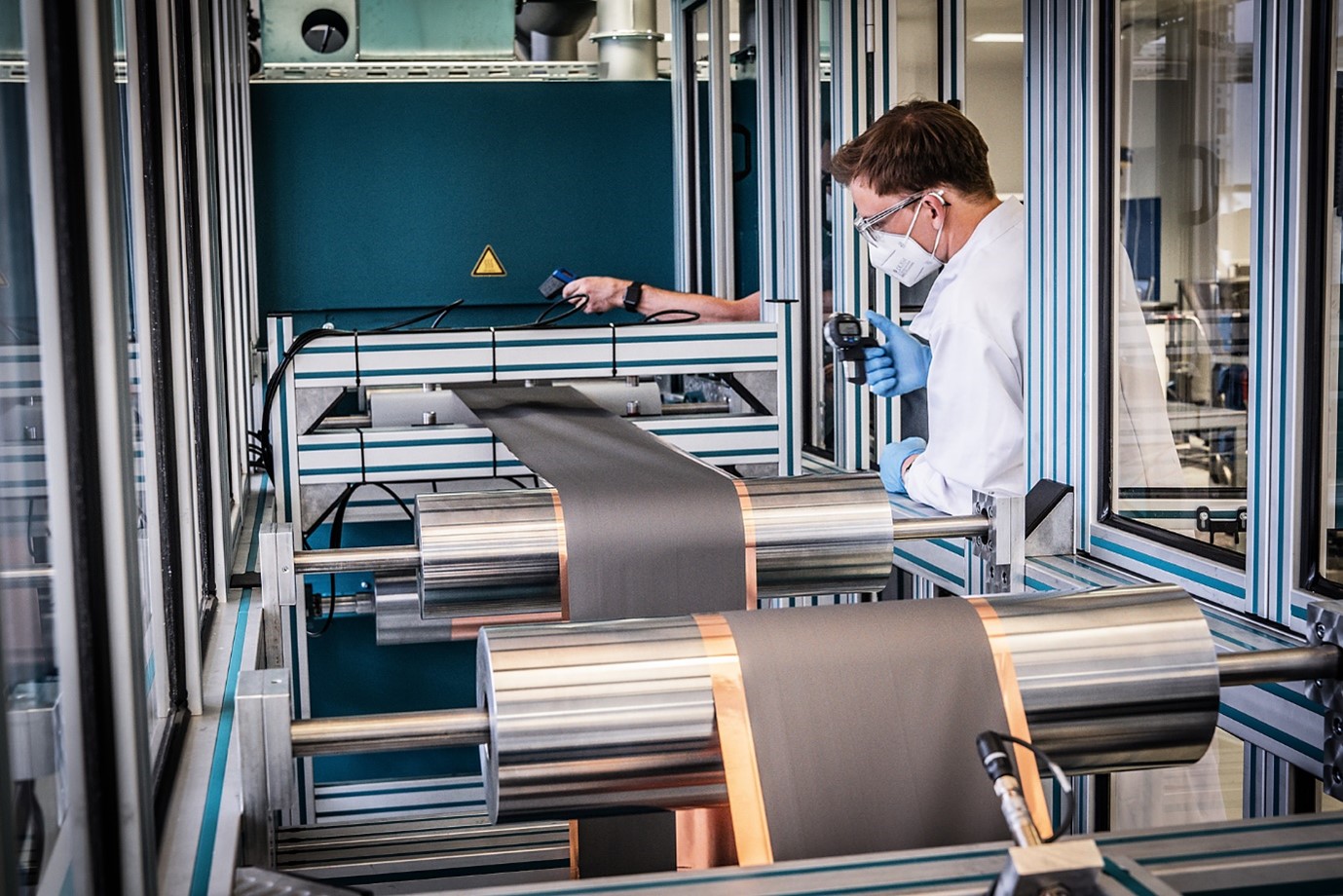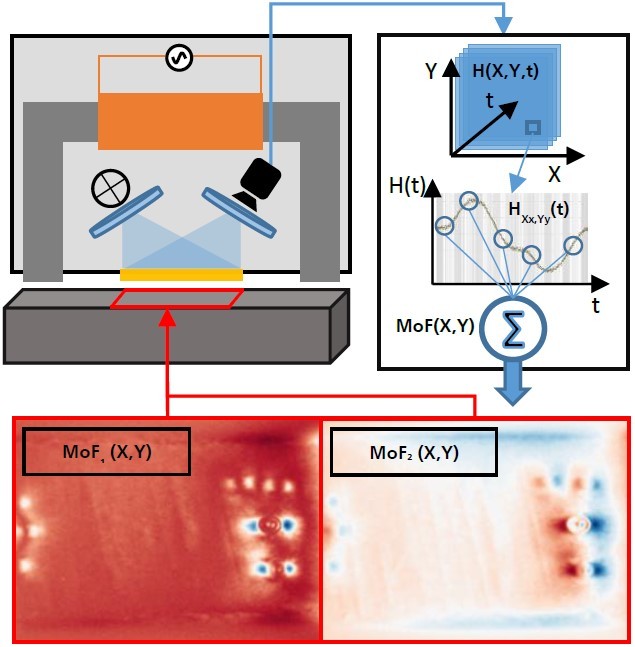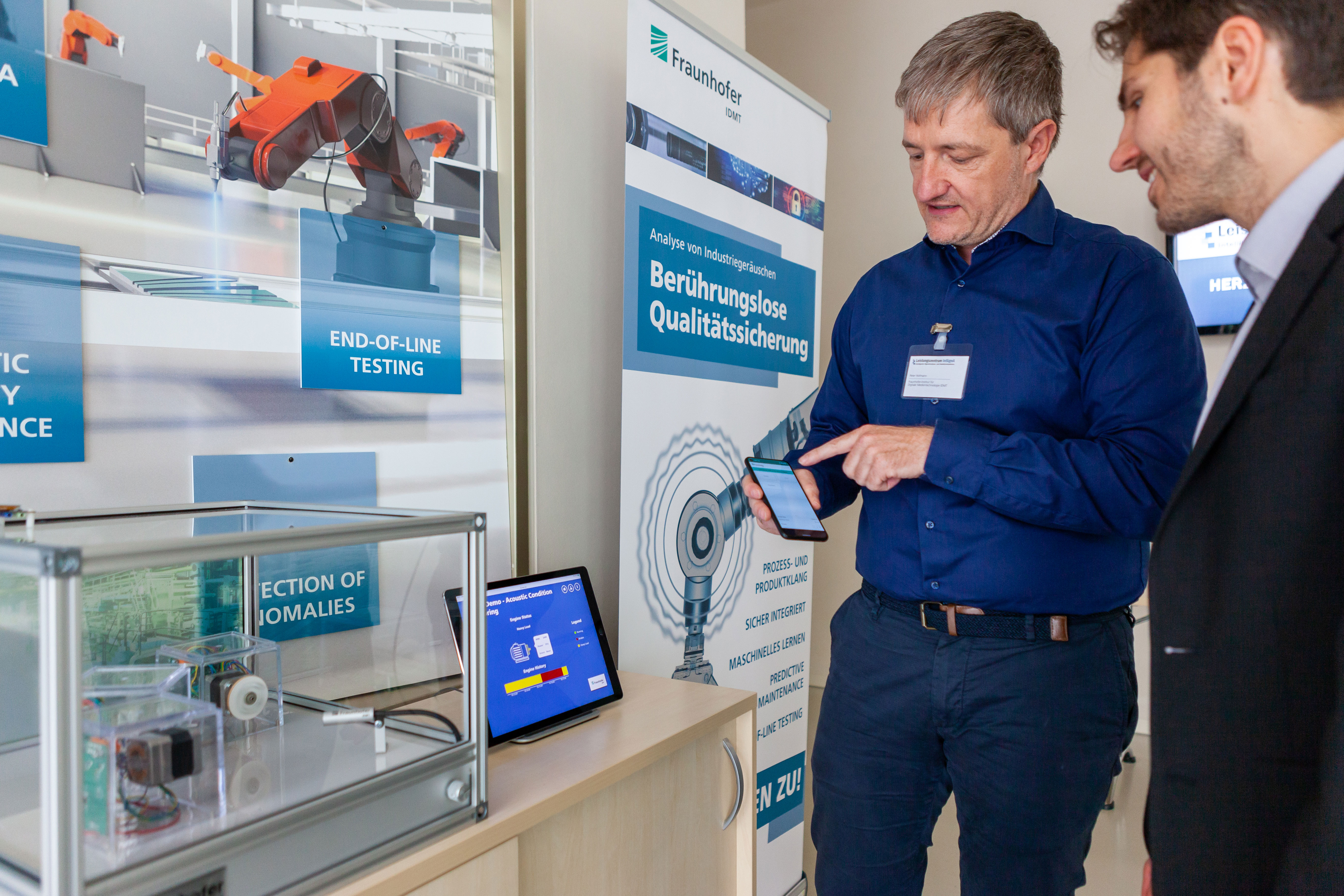Quality assurance with image processing
Numerous Fraunhofer institutes research and develop in the field of image processing and optical or acoustic testing for quality assurance. At the Control 2025 stand, which is coordinated by the Fraunhofer Vision Business Unit, current new developments from various fields will again be on display.
This year, Fraunhofer will present exhibits in the fields of surface inspection, optical 3D metrology, inline measuring and testing, as well as component identification. New developments in the area of non-destructive testing using technologies such as terahertz, radar, magneto-optics, or ultrasound will be on display.
One other topic is the acoustic monitoring of production.
Numerous exhibits work with artificial intelligence or machine learning methods, so that the visitors will be able to get an overview of respective trends.
The systems and solutions from the Fraunhofer Institutes are used in numerous industries such as automotive and suppliers, mechanical and plant engineering, aerospace, plastics, semiconductors, but especially in future-oriented sectors like battery and fuel cell manufacturing or recycling. The fields of robotics, automation technology, process technology and sensor technology are also addressed.

